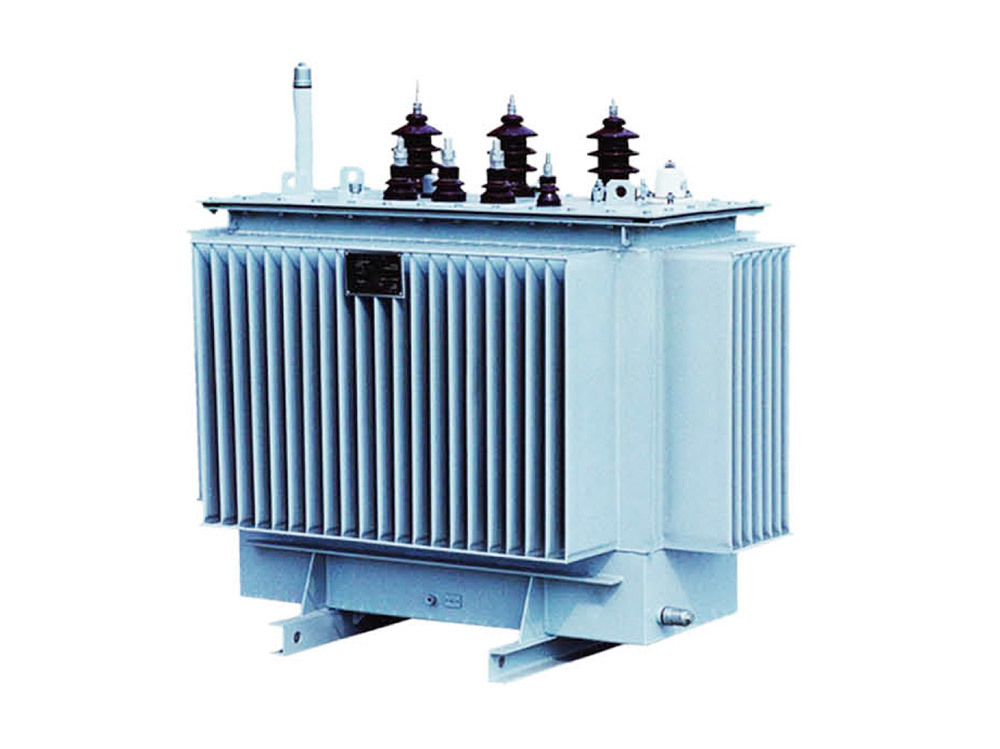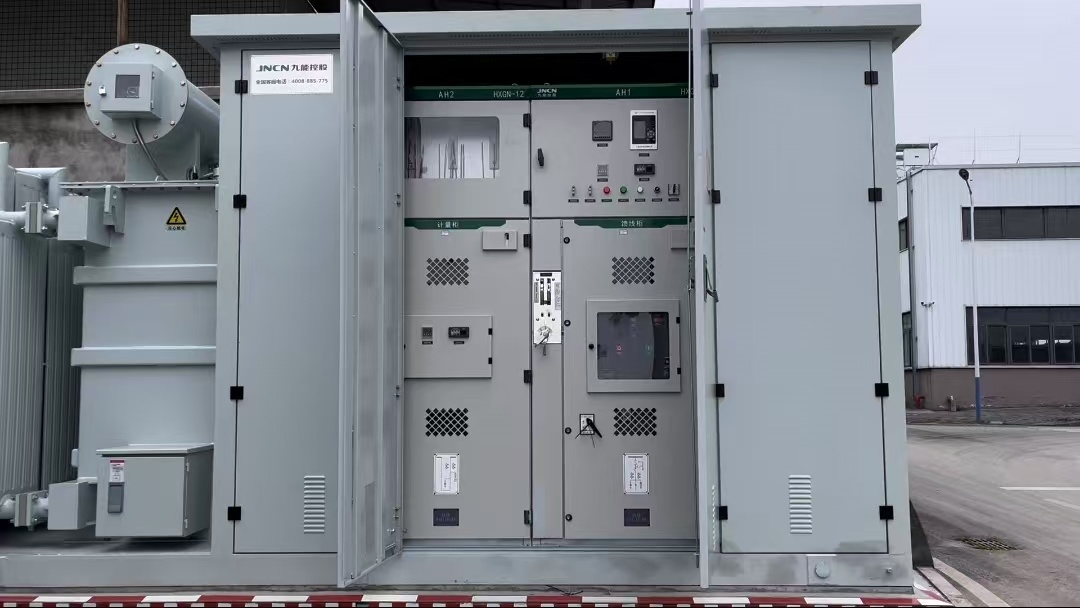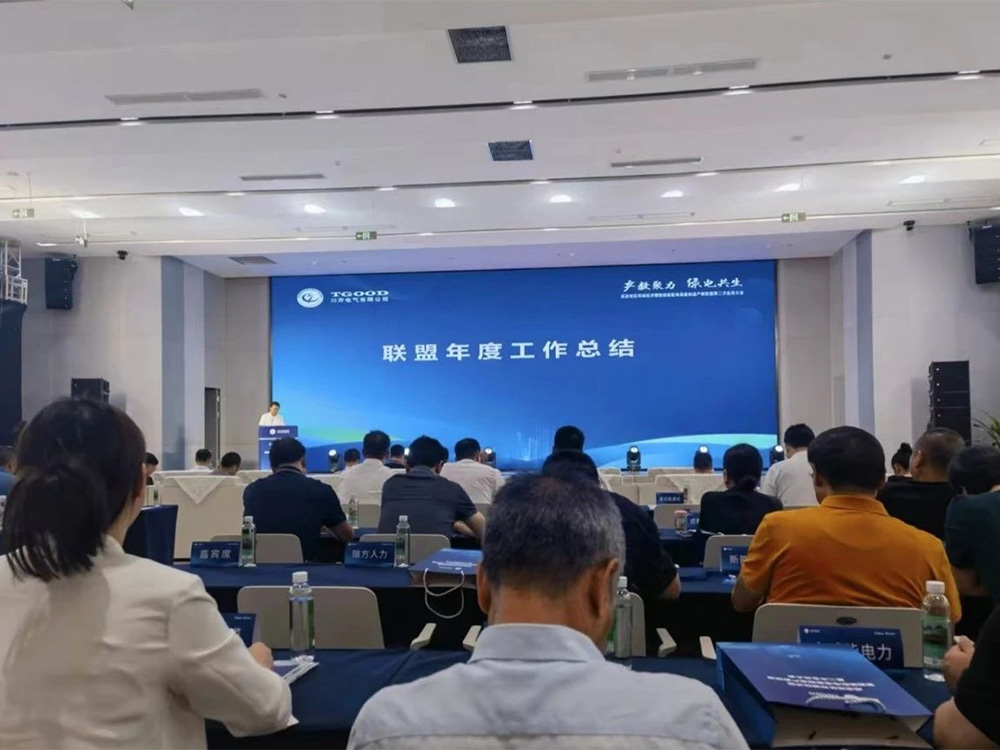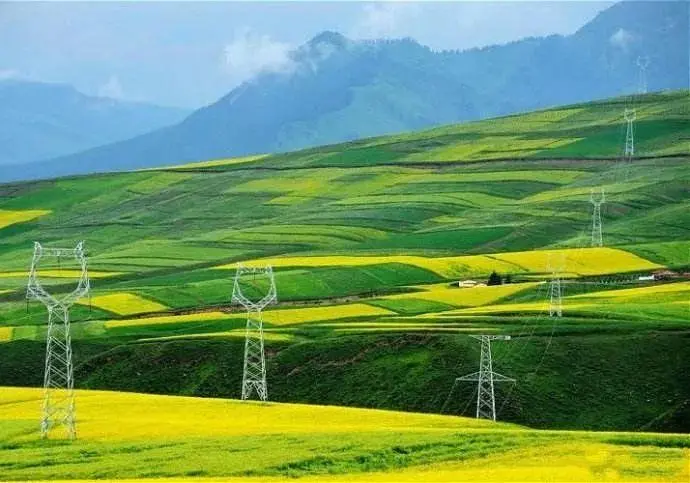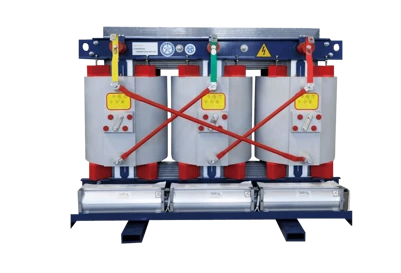All categories
18
2021
-
03
Distribution transformer fault analysis and treatment of one of the lectures.
Author:
Distribution transformer, referred to as "distribution transformer". Refers to a static electrical appliance in a power distribution system that transforms AC voltage and current according to the law of electromagnetic induction to transmit AC power. In some areas, power transformers with voltage levels below 35 kV (mostly 10KV and below) are called "distribution transformers", referred to as "distribution transformers". The place and place where the "distribution transformer" is installed is both a substation.
Section I. Causes of Distribution Transformer Damage
1. Overload
First, with the improvement of people's lives, electricity consumption generally increased rapidly, the original distribution transformer capacity is small, small horse-drawn cart, can not meet the needs of users, resulting in transformer overload operation. Second, due to seasonal and special weather and other reasons caused by peak electricity, so that the distribution transformer overload operation. Due to the long-term overload operation of the transformer, the load of the transformer is mostly distributed seasonally and temporally due to the aging of various components, coils and oil insulation inside the transformer. Especially in the busy agricultural season in rural areas, the distribution transformer will be used under overload or full load, and at night it will be used under light load. The load curve difference is very large, with the highest operating temperature above 80 ℃ and the lowest temperature at 10 ℃. Moreover, according to the maintenance of rural transformers, the water content at the bottom of each transformer reaches an average of more than 100g, which is precipitated from the oil through the breathing air of thermal expansion and contraction of transformer oil. Second, the lack of oil inside the transformer causes the oil level to decrease the contact surface between insulating oil and air to increase, which accelerates the moisture in the air to enter the oil level and reduces the insulation strength inside the transformer. When the insulation is reduced to a certain value, a breakdown short circuit fault occurs inside the transformer.
2, the distribution transformer illegal refueling
An electrician refueled the running distribution transformer. After 1 h, the fuse of the high-voltage drop switch of the transformer fused two phases with slight oil injection. After on-site inspection, it needs overhaul. The main reasons for the transformer burning are: first, the newly added transformer oil is inconsistent with the oil type in the transformer box. The transformer oil has several oil bases, and different types of oil bases cannot be mixed in principle; Second, there is no power failure when refueling the distribution transformer, which causes the circulating oil flow to accelerate after the mixing of cold and hot oil inside the transformer, bringing up the moisture at the bottom of the transformer body and circulating into the high and low voltage coils to cause breakdown short circuit; three is to join the unqualified transformer oil.
3. Resonance overvoltage caused by improper reactive power compensation
In order to reduce the line loss, improve the utilization of equipment, in the "rural low voltage power technical regulations" in the provisions of the distribution transformer capacity of more than 100 kVA should adopt reactive power compensation device. If the compensation is improper, the total capacitive reactance and total inductive reactance on the running line are equal, ferromagnetic resonance will be generated in the running line and equipment, causing overvoltage and overcurrent, and burning of distribution transformers and other electrical equipment.
4. System ferroresonance overvoltage
Resonance overvoltage may occur in the system due to inconsistent length, ground distance and conductor specifications of 10 kV distribution lines in rural power grids, coupled with great changes in operating parameters such as distribution transformers, welding machines, capacitors and large loads, or single-phase intermittent grounding of 10 kV neutral point ungrounded systems. In the event of a system resonant overvoltage, the lighter is to fuse the high-voltage fuse of the distribution transformer, and the heavier will cause the distribution transformer to burn down, and in individual cases will cause the distribution transformer bushing to flash over or explode.

5. Lightning overvoltage
Distribution transformers must be in accordance with the requirements of the high and low voltage side of the installation of qualified lightning arresters, in order to reduce the lightning overvoltage, ferromagnetic resonance overvoltage on the transformer high and low voltage coil or bushing hazards. There are mainly the following reasons for the overvoltage and damage of distribution transformers: First, the installation test of lightning arresters does not meet the requirements. Generally, the installation of lightning arresters is only one point of grounding for three lightning arresters. In long-term operation, serious corrosion is caused by disrepair, wind and rain, and the grounding point is disconnected or poorly contacted due to climate change and other special circumstances. In case of lightning overvoltage or system resonance overvoltage, the earth discharge voltage, the transformer can not be timely breakdown transformer; the second is that most transformers are insured by insurance companies, resulting in heavy insurance company compensation and light maintenance management. Some users think that the transformers are insured, and it doesn't matter whether the lightning arrester is installed or tested. Anyway, the insurance company is responsible for compensation if the transformer is broken, which is also an important factor in the serious damage of distribution transformers for many years. Third, only pay attention to the installation test of lightning arresters on the high voltage side of transformers, however, the installation test of the low-voltage side lightning arrester is ignored. Because the lightning arrester is not installed on the low-voltage side of the transformer, when the low-voltage side of the transformer is struck by lightning, the inverter will impact the high-voltage side coil of the transformer, and the low-voltage side coil may also be damaged.
6. Secondary short circuit
When the distribution transformer is short-circuited in the secondary side, a short-circuit current several times or even dozens of times higher than the rated current is generated on the secondary side, and a large current is also generated on the primary side to offset the demagnetization effect of the short-circuit current on the secondary side. Such a large short-circuit current, on the one hand, will generate huge mechanical stress inside the transformer coil, causing the coil to compress, loosen and fall off the main and deform. On the other hand, due to the existence of short-circuit current, the temperature of the secondary coil of the 1. rises sharply. At this time, if the secondary insurance of the 1. is improperly selected or replaced by aluminum copper wire, the transformer coil may soon be burned.
7. Poor tap changer crimping
First, the tap changer itself is of poor quality, unreasonable structure, insufficient spring pressure, incomplete contact between dynamic and static contacts, reduced insulation distance between misaligned dynamic and static contacts, discharge or short circuit between two taps, and soon burn down the transformer tap coil or the entire winding. Second, for human reasons, individual electricians are not clear about the principle of no-load voltage regulation, after voltage regulation, the dynamic and static contacts are partially contacted or the transformer is burned due to poor contact caused by dirt in the static contacts due to long-term operation of the transformer tap-changer contacts.
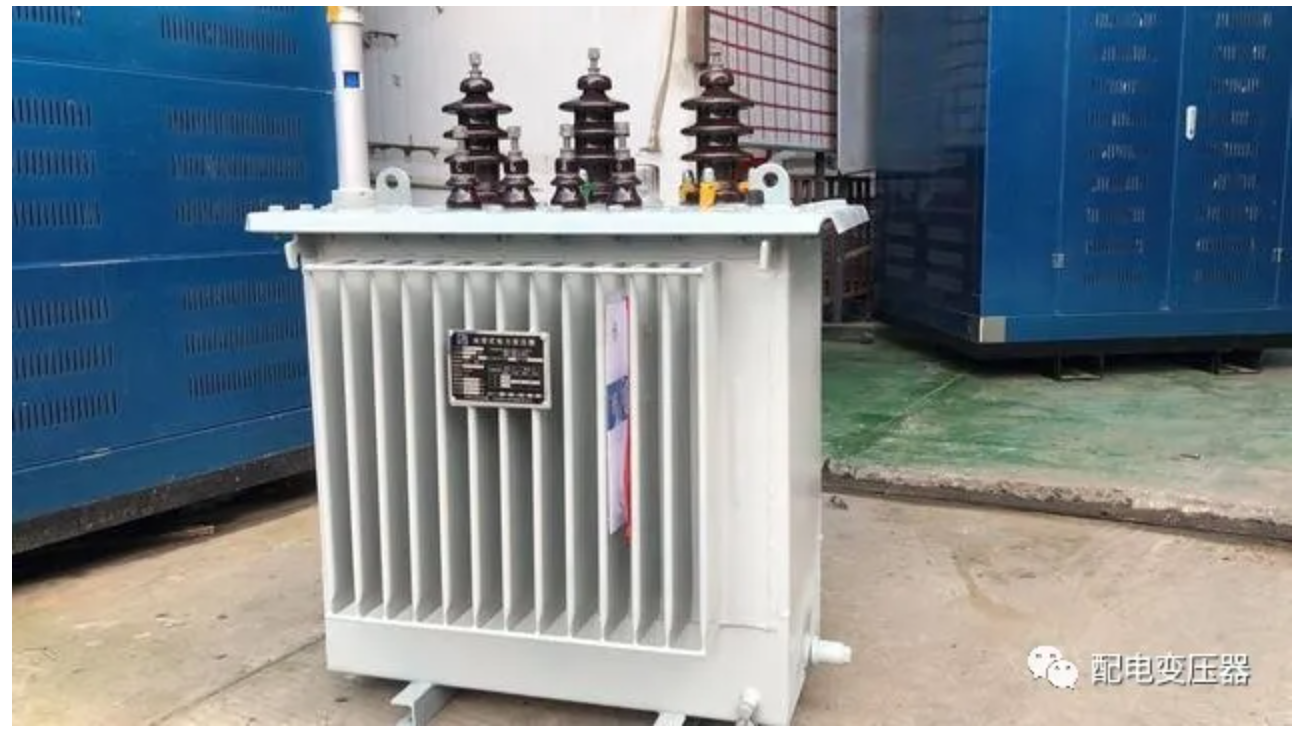
8, breathing apparatus hole blocked
Generally, "breathing apparatus" is installed on the oil conservator of the transformer above 50 kVA ". The "respirator" cover is generally a transparent glass cylinder, which is equipped with "moisture absorbent" and is easy to break during handling. Therefore, in general, the manufacturer does not install it temporarily when leaving the factory. A "small square iron plate" is sealed on the "moisture absorbent" position with screws on the transformer oil pillow to prevent moisture. When it is put into operation, the "small square iron plate" should be removed in time. If it is not removed and replaced with a "respirator", due to the continuous generation of heat after operation, the insulating oil will expand due to heat, the pressure in the transformer will rise, the oil circuit will not circulate, the heat will not be emitted, the heat of the iron core and coil will be higher and higher, and the insulation performance will decline, eventually leading to the transformer burning.
9, other
The problems that often occur in the daily operation and maintenance management of distribution transformers are as follows: first, when fastening or loosening the transformer conductive rod nut during maintenance or installation, the conductive rod may cause the soft copper sheets drawn from the secondary side to collide with each other, resulting in interphase short circuit or primary side coil lead wire breakage; Second, during maintenance on the transformer, objects and tools accidentally drop the bushing, causing flashover grounding in light and short circuit in heavy cases; the third is that the nuclear phase is not carried out after the transformer running in parallel is overhauled, tested or replaced with cables, and the phase sequence is wrong due to random wiring. After the transformer is put into operation, a large circulation will be generated and the transformer will be burned down. Fourth, anti-theft metering boxes are installed on the low-voltage side of the transformer. Due to space problems and poor process crimping, some of them are directly wound with wires, resulting in excessive contact resistance of low-voltage, resulting in heat and ignition, burn out the conductive rod.
Transformer, distribution, causing, running, coil, over voltage, short circuit, installation, due
recommend News






